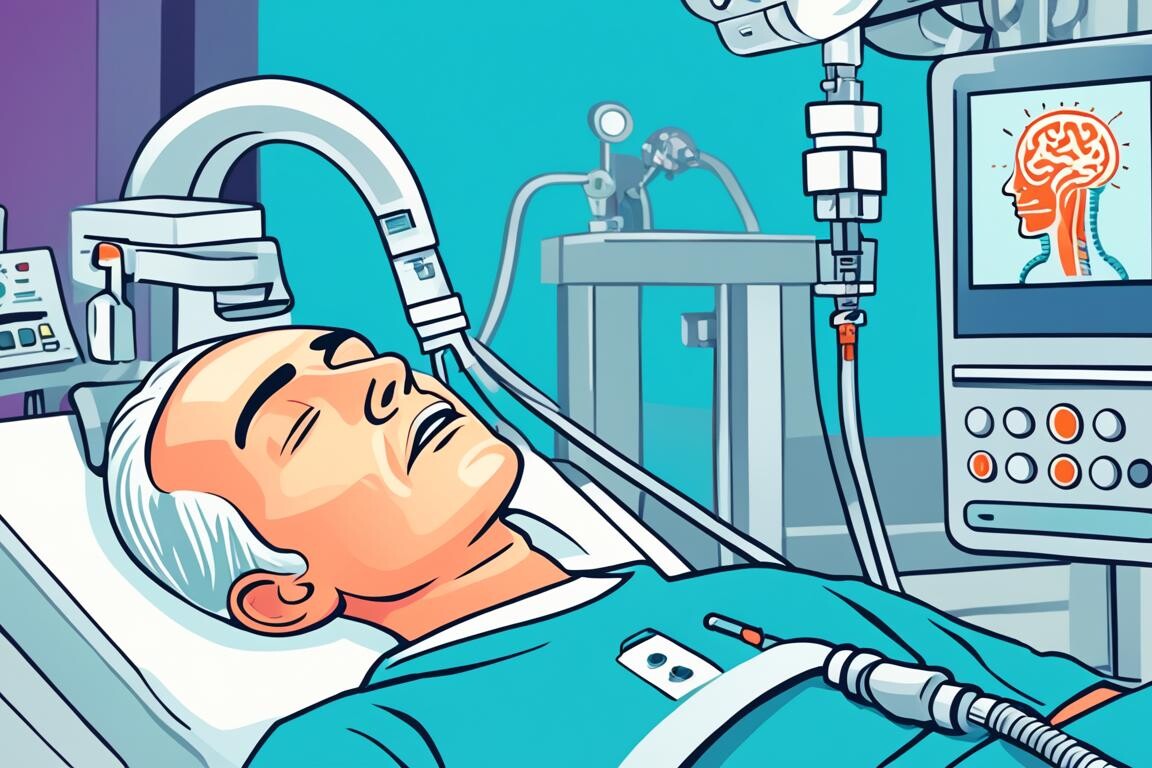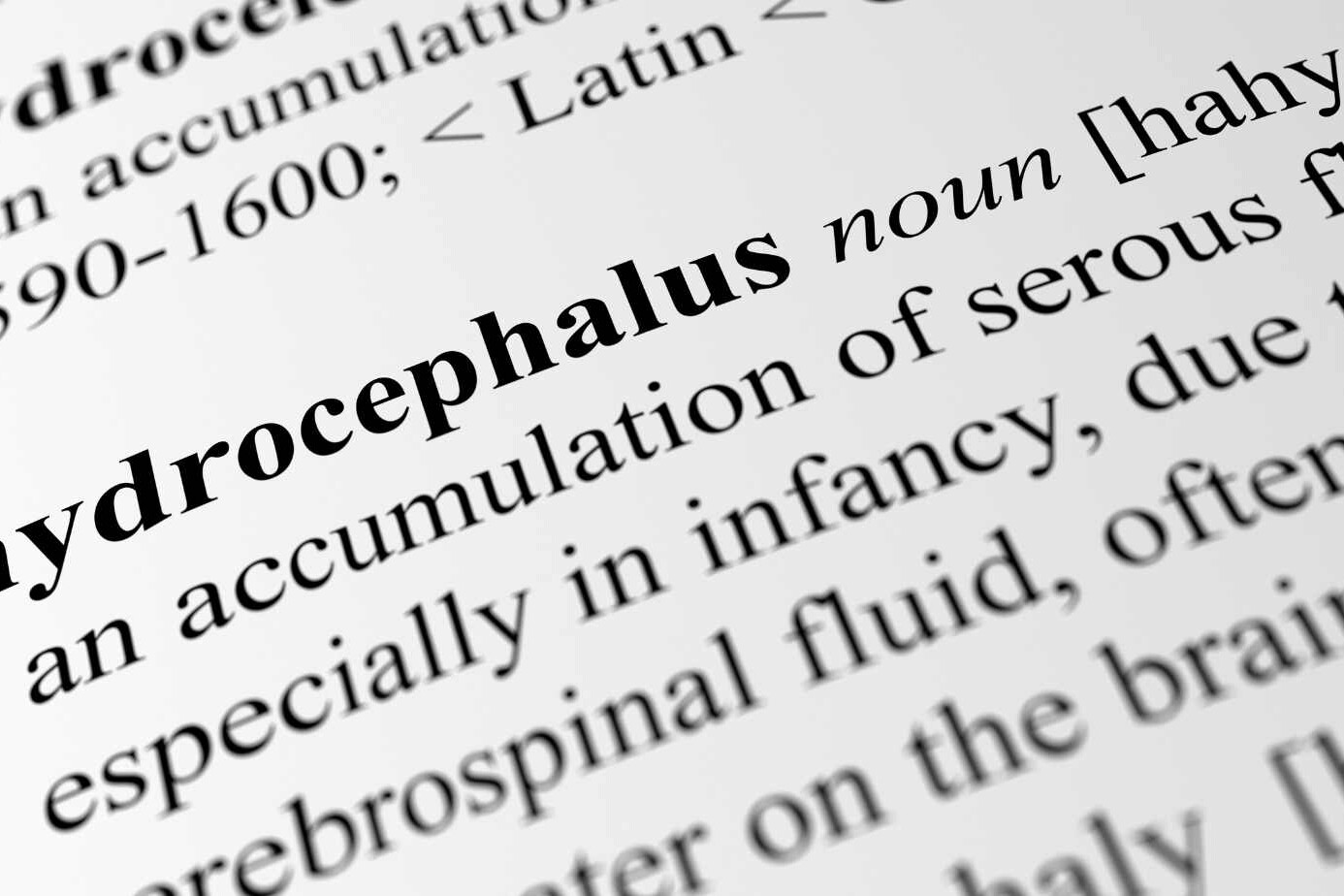Hydrocephalus is a condition where cerebrospinal fluid (CSF) builds up in the brain, leading to the enlargement of spaces called ventricles. This fluid buildup puts pressure on the brain, causing various symptoms that can significantly impact brain function. Normally, CSF flows through the ventricles, cushioning the brain and spinal cord. When this flow is disrupted, it leads to hydrocephalus, a serious condition that requires prompt attention.
Table of Contents
ToggleWhat Is Hydrocephalus?
Hydrocephalus can develop at any age, but it is more common in infants and older adults. In adults, hydrocephalus symptoms can include chronic headaches, blurred or double vision, balance difficulties, mental confusion, and incontinence. Infants, on the other hand, may exhibit signs such as an unusually large head size or irritability.
Hydrocephalus is managed by restoring and maintaining normal levels of cerebrospinal fluid, typically through medical or surgical treatments. For more in-depth information, refer to What Is Hydrocephalus.
Types of Hydrocephalus
Understanding the different types of hydrocephalus can help in identifying the most appropriate treatment. There are three primary types:
- Communicating Hydrocephalus: Also known as non-obstructive hydrocephalus, this type occurs when the flow of cerebrospinal fluid is blocked after it leaves the ventricles.
- Non-Communicating Hydrocephalus: Also known as obstructive hydrocephalus, it occurs when there is a blockage that prevents the CSF from flowing through the brain’s ventricles.
- Normal Pressure Hydrocephalus (NPH): This common type occurs gradually as the CSF accumulates over time, often affecting older adults.
Causes of Hydrocephalus
Hydrocephalus can occur due to various reasons, and it’s particularly common in infants. The condition arises from an imbalance between the production of cerebrospinal fluid and its absorption into the bloodstream. This imbalance increases the pressure in the brain, potentially damaging brain tissues.
Common causes include:
- Blockages: Prevents cerebrospinal fluid from flowing normally, which is the most common issue.
- Poor Absorption: Blood vessels may not absorb CSF properly, often due to inflammation or injury.
- Overproduction: In rare cases, the brain produces more CSF than it can absorb.
Congenital hydrocephalus occurs before birth, typically due to a blockage called aqueductal stenosis, where fluid builds up between the third and fourth ventricles.
Recognizing Hydrocephalus Symptoms
Hydrocephalus symptoms can vary greatly depending on age. Recognizing these symptoms early is crucial for seeking timely medical intervention.
In Infants:
- A bulging soft spot on the head
- Unusually large head size
- Vomiting
- Difficulty feeding
- Excessive sleepiness
- Irritability and constant crying
- Eyes fixed downward
- Seizures
In Toddlers and Older Children:
- High-pitched crying
- Personality changes
- Changes in facial structure
- Difficulty feeding
- Excessive sleepiness
- Crossed eyes or vision issues
- Persistent headaches
- Muscle stiffness or cramps
- Irritability
- Loss of bladder control
- Vomiting or nausea
- Seizures
- Difficulty concentrating
Hydrocephalus Symptoms in Adults:
- Persistent headaches
- Impaired coordination and balance
- Difficulty walking steadily
- Loss of bladder control
- Vision problems
- Memory loss or confusion
- Difficulty concentrating
Diagnosing Hydrocephalus
Diagnosing hydrocephalus typically involves several steps:
- Medical History and Symptom Review: Your doctor will ask about your symptoms and medical history.
- Physical and Neurological Examination: A thorough exam to assess your overall health and neurological function.
- Brain Imaging Tests:
- Ultrasound: Often used for infants, this test uses high-frequency sound waves to capture images of the brain.
- MRI Scan: Provides detailed images of the brain, helping to detect excess cerebrospinal fluid.
- CT Scan: Uses X-rays to create a cross-sectional image of the brain, usually in emergency situations.
Treatment for Hydrocephalus
Two primary surgical treatments are commonly used to manage hydrocephalus:
- Shunt System: A long, flexible tube with a valve is inserted to drain excess cerebrospinal fluid from the brain to another part of the body, where it can be absorbed.
- Endoscopic Third Ventriculostomy (ETV): This procedure involves creating an opening in one of the ventricles to allow CSF to flow out of the brain.
Both treatments aim to relieve pressure on the brain and prevent further damage.
FAQs About Hydrocephalus
What is the main cause of hydrocephalus?
The primary cause of hydrocephalus is an imbalance between the production of cerebrospinal fluid and its absorption into the circulatory system, leading to fluid buildup in the brain.
What are the three causes of hydrocephalus?
The three main causes of hydrocephalus are:
- Blockage: Most commonly, a blockage prevents the normal flow of cerebrospinal fluid.
- Poor Absorption: Often related to inflammation or injury.
- Overproduction: In rare cases, the brain produces too much cerebrospinal fluid.
Can hydrocephalus go away on its own?
No, hydrocephalus does not go away on its own. It requires medical treatment, often involving surgery, to manage the condition effectively.
What is the life expectancy of someone with hydrocephalus?
With early diagnosis and proper treatment, children with hydrocephalus can have a normal life expectancy. Successful treatment typically prevents long-term complications.
How is hydrocephalus detected?
Hydrocephalus is diagnosed through a combination of medical history, physical and neurological exams, and brain imaging tests like ultrasounds, MRI scans, or CT scans.
Conclusion
Understanding hydrocephalus symptoms and seeking timely medical help is critical for managing this condition and preventing long-term brain damage. If you or a loved one experience symptoms associated with hydrocephalus, it’s essential to consult a healthcare professional immediately. With early diagnosis and appropriate treatment, individuals with hydrocephalus can lead full and healthy lives.
For more information, visit What Is Hydrocephalus.
About The Author

This article is medically reviewed by Dr. Chandril Chugh, Board-Certified Neurologist, providing expert insights and reliable health information.
Dr. Chandril Chugh is a U.S.-trained neurologist with over a decade of experience. Known for his compassionate care, he specializes in treating neurological conditions such as migraines, epilepsy, and Parkinson’s disease. Dr. Chugh is highly regarded for his patient-centered approach and dedication to providing personalized care.
→ Book a consultation to discover which remedies suit your needs best.




